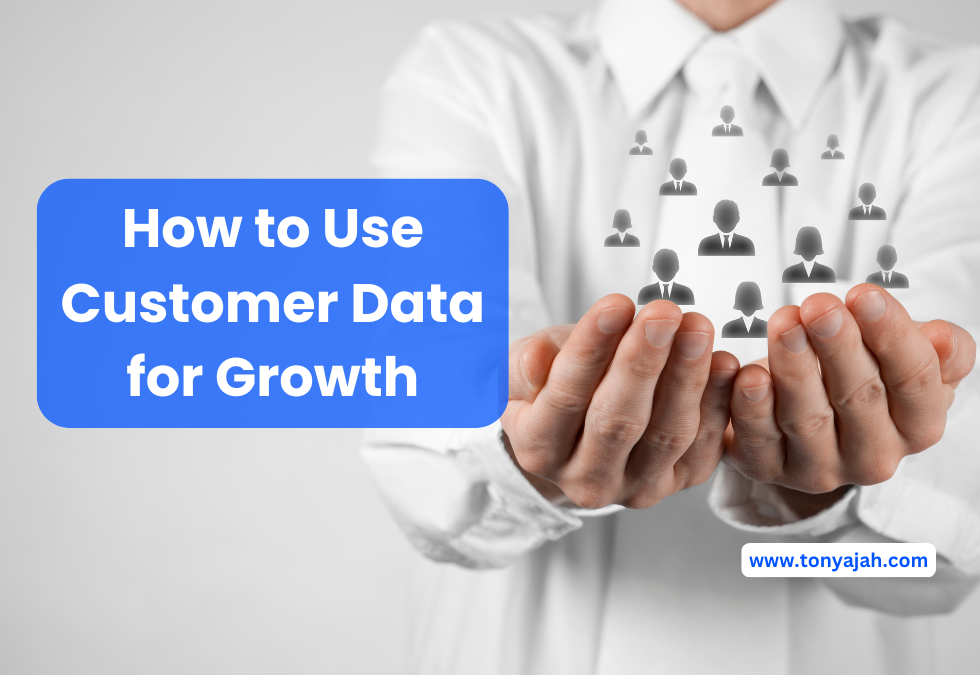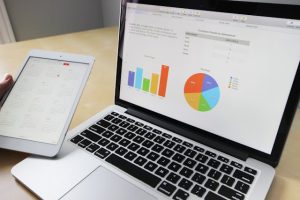Customer expectations are evolving fast, and data-driven customer insights are critical to stay one step ahead in the marketplace. According to McKinsey, companies leveraging customer behavioral insights outperform peers by 85% in sales growth and more than 25% in gross margin.
In today’s hyper-competitive business environment, understanding your customers isn’t just beneficial but essential. Customers’ data have become the lifeblood of sustainable growth, enabling businesses to make knowledgeable decisions whenever the needs arise.
Harnessing the data is no longer a luxury but a necessity for businesses aiming for growth. Let’s look at how you can transform raw data into growth-driving strategies for your business.
The value of customers’ data
Every interaction your customers have with your business generates some data. It could be through purchases, website visits, social media engagement, or customer service interactions. When utilized correctly, these data provide the window into your customers’ behaviors, preferences, and needs.
It is not enough to collect data; you have to turn it into actionable insights. That is to say, collecting data is just the starting point. The real power lies in analyzing the data to extract implementable knowledge. Nothing makes you stay ahead of the curve in modern business like working with insightful data.
Data helps you to track key performance indicators (KPIs). KPIs are quantifiable measurements you can use to focus attention on the metrics most important to your business. You choose the most important KPI that best fits what you want to achieve, and aligns with your business goals.
Data-driven sales and marketing
Data and insights from your customers are crucial in driving the desired growth. One of the ways it does that is in aiding effective sales and marketing, and in tailoring your strategies to serve your customers better.
When you understand your customers’ demand patterns, it allows you to efficiently allocate your resources to meet those demands. In the end, this will save costs and improve your profitability. Instead of relying on guesswork, use data to execute your sales strategies, and to create personalized marketing.
For instance, by analyzing purchase history or browsing behavior, you can tailor recommendations, offers, and communications to individual preferences. This also helps you to predict customer’s needs in the future. When you understand your customers’ behaviors across different touchpoints, you will create smoother and more satisfying customer journeys.
Data drives customer experience
Your decisions should be data-driven rather than based on assumptions. Analyzing customer data can help you give them a better experience. Through data, you determine optimal customer engagements that align with their perceived value and interests.
One important data that has been helpful for proactive engagement with your customers is predictive analytics. This analytics involves using historical data to forecast their future actions. For instance, if data indicates that a customer typically purchases a product every month, you can proactively send reminders or special offers around that time to increase the likelihood of repeat purchases.?
More so, the information you get from your customers’ data ensures that your offerings align with their expectations and desires. It is when you have an astute grasp of the trends and your customers’ behaviors that your business stays ahead. Remember, personalized experiences resonate more with most customers.
Data enhances product development
No one develops a product blindly anymore; you have data to help you. Inside your customers’ data are hidden needs and trends that are thoughtful in developing new products. Customer feedback and usage data can highlight areas where products or services may fall short. This will help you to refine your products and create offerings that resonate with them.
By addressing the pain points, you refine your offerings to better meet your customers’ needs. The whole purpose is to transform data into practical game plans that would make you lead, and build lasting customer relationships. ? When you assess the data you gather in your business, it will help you adjust your strategies as may be required for optimal results.
As we conclude, for data to truly drive growth, it must be ingrained in the company’s culture. This means ensuring that your team understand the importance of data, have access to relevant insights, and are trained to interpret and act upon them. This will help you to adapt, innovate, and maintain a competitive edge.











Recent Comments